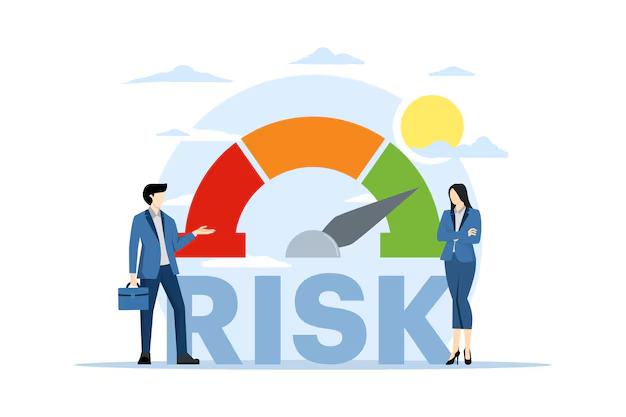Scenario analysis in credit risk assessment involves evaluating how different conditions affect a borrower’s ability to repay a loan or mortgage. Lenders also analyze scenarios that may affect specific loan portfolios and overall capital reserve. Financial, economic, and political factors all affect loan repayment, which directly impacts the lender’s risk exposure. Here are a few roles of scenario analysis in risk assessment:
Identifying Potential Vulnerabilities
As a lender, you can analyze borrower metrics to predict their ability to repay the loan as agreed. This assessment involves reviewing financial metrics, including income, assets, debts, and credit history. Clients with low credit scores, high debt levels, or a history of default present greater repayment risks. Scenario analysis helps lenders decide whether to extend credit, require additional collateral, or adjust loan terms to mitigate these risks.

Scenario analysis allows you to uncover more risks your lending business might be vulnerable to. The analysis simulates various scenarios, including economic downturns, market shocks, and interest rate hikes. Scenario analysis is part of a comprehensive credit risk assessment, as it uncovers weaknesses in the borrower’s repayment capacity. The analysis tests how the client might perform under various conditions, revealing specific risk factors. With this foresight, you can make more informed decisions that minimize the risk of default without missing out on lending opportunities.
Stress Testing Portfolios
Simulating severe, plausible scenarios that may lead to potential losses allows you to stress-test loan portfolios. As a lender, you may have a diverse loan portfolio with specific terms for each category. You may have loans for clients with high credit scores, a history of timely repayment, and lower debt-to-income ratios. Another category can be designed for new borrowers or those building their credit history and scores. Existing clients who have shown trustworthiness by repaying previous loans are also targeted separately.
Each loan category in your portfolio faces unique risks. Some people have a limit beyond which they may default.
Economic downturns that lead to job losses can also leave clients unable to meet their loan obligations.
Simulating these scenarios allows you to test the loan portfolios and estimate potential losses.
The analysis enables you to make informed lending decisions and avoid being blindsided by unexpected events that may hurt your capital reserves.
Supporting Risk Management
Scenario analysis is part of strategic planning that allows you to manage credit risk more efficiently. By simulating various situations, you’ll understand the potential risks and losses, enabling you to develop mitigating strategies. If a specific category of loans is more vulnerable to defaults, you can limit the number of clients you lend to.
Another approach is to reduce the capital assigned to that category. The analysis also provides insight that helps you set appropriate credit limits and loan pricing to absorb potential losses. Simulating financial, economic, and political scenarios supports forward-looking lending strategies. You get an analysis that enables you to adjust lending policies or diversify loan portfolios to minimize risk.
Instead of avoiding high-risk borrowers completely, you may create unique loan products that minimize exposure while providing profit opportunities.
The insight also allows you to build contingency plans in response to projected risks under different scenarios.
Regular scenario analysis supports ongoing risk management decisions, and it also keeps you informed about emerging risks and changes.
Enhancing Regulatory Compliance
Regulators require banks and other financial institutions to conduct scenario analysis and stress testing at the portfolio and institution level. These exercises assess how adverse economic conditions could affect overall capital adequacy and financial stability, rather than just individual borrowers. Without robust scenario analysis, borrowers may be more likely to fall into delinquency or default when economic or personal conditions worsen. Defaults create significant losses for lenders, beyond late-payment penalties, by increasing credit losses and requiring additional capital buffers.
To prevent such issues, lenders should perform scenario analysis and adjust their strategies to minimize defaults. The analysis aligns with prudential requirements and local supervisory frameworks. Scenario analysis also demonstrates preparedness for adverse conditions, reassuring investors and regulators that you have a robust risk management practice.
Get Key Data From a Credit Risk Assessment
Performing a scenario analysis requires high-quality data featuring historical records and real-time metrics. You can incorporate geographic risk indicators, such as local employment trends, property values, or regional economic conditions, alongside borrower-level credit scores. These metrics enhance scenario analysis by capturing risks associated with specific regions. Contact a provider today to find out more about credit risk assessments.


